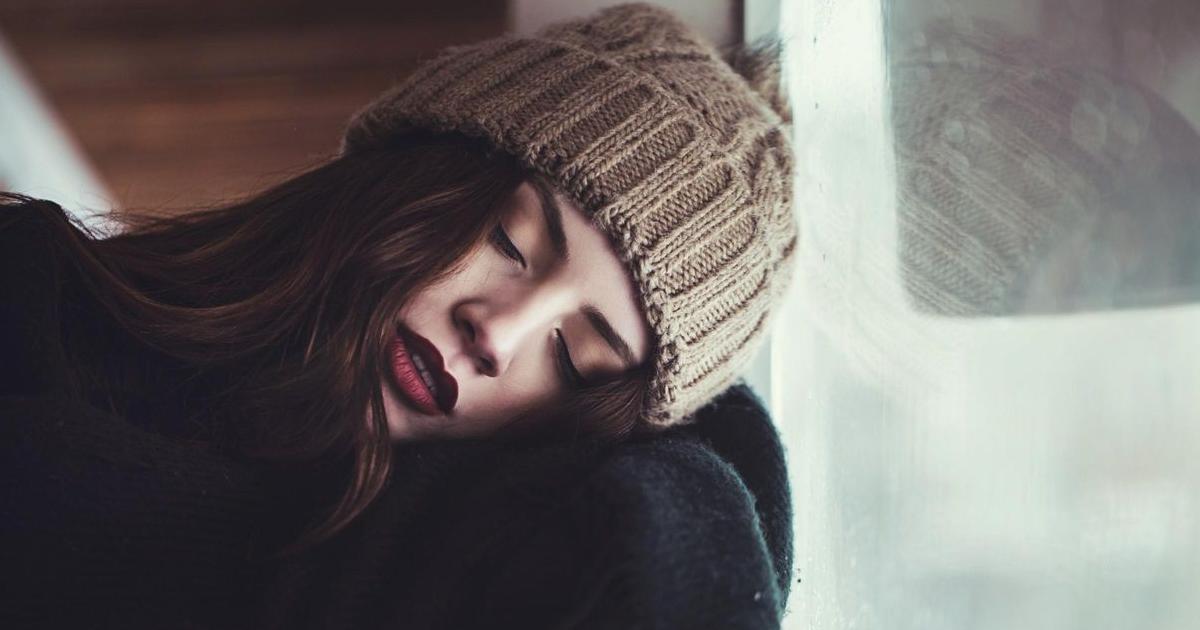23 Complimentary And Alternative Medicines
Complementary and Alternative Medicine are practices, products, and systems that are not conventional medicine. While traditional medicine is practiced by doctors who hold M.D. or D.O. degrees and other professionals such as psychologists and nurses, CAM is exercised by a less formally educated but often completely competent group of practitioners. Some studies on CAM therapies have been conducted which offer some early suggestion of their efficacy, but CAM therapies are typically those that have not yet been scientifically proven to be effective.
Conventional health care professionals adopt CAM therapies that are clinically proven to be safe and efficient - this is especially true of treatments regarding mental health. The alternative approach to mental health care focus in the relationship between body, mind, and spirit. As conventional health care does not endorse CAM therapies, it is important to note that before using a given approach to achieve mental wellness, one should always consult a conventional healthcare professional.
Complementary, Alternative and Integrative Medicine.

There is a difference between complementary, alternative and integrative medicine. The first is typically used together with conventional medicine, as when a patient who has undergone surgery is treated with aromatherapy to lessen their discomfort. Alternative medicine is a substitute for conventional medicine, as when an individual opts for the use of a special diet instead of undergoing surgery or an abrasive procedure, as a doctor would have recommended. Lastly, integrative medicine is a treatment that combines traditional medicine with CAM and is considered to be the safest and most effective option of the three.
